Material according to Vega-9 2,1/50 especially for Radozhiva prepared Rodion Eshmakov.
Vega-9 2,1/50 - an old Soviet lens from the Krasnogorsk film camera for 16 mm film (equivalent to with crop factor ~2.7), endowed with some features that make it very interesting. Firstly, this lens is the only Soviet 50 mm lens that uses the notorious low-dispersion glass (yes, this is not a joke). Secondly, designed for a tiny narrow-film frame, Vega-9, as it turns out, is capable of working even with full-frame cameras, unlike similar Tair-41 50/2, although this requires some modification.
Specifications:
Optical design – 5 lenses in 4 groups, “double Gauss” type “Biometar”/“Vega”, 2 lenses made of low-disperse glass FK14 (n=1.580, v=65.1).
Diagram of the optical design of the Vega-9 lens.
Focal length - 50 mm;
Relative aperture - 1: 2.1;
Aperture limits - 1: 2.1-1: 22;
Aperture – 10 blades, stepless adjustment;
Design frame format – 10.3×7.5 mm (16 mm film), covered – 36×24 mm (maximum vignetting ~80% at F/2.1);
Minimum focusing distance (factory version) – 0.9 m;
The back focal segment is 32.1 mm;
Thread for filters - 40.5 mm;
Mounting to the camera is a Krasnogorsk mount.
Design and adaptation
The Vega-9 film camera is distinguished by its high-quality workmanship and beautiful appearance. The lens comes from the factory with excellent light protection measures: wherever possible, the surfaces are corrugated and matte blackened, the front lens is recessed into the body, and the title ring plays the role of a light-protective front diaphragm. The standard focusing mechanism has no backlash, which is a distinctive feature of cinema lenses. The lens is equipped with a ten-blade diaphragm with stepless adjustment and linearized stroke, due to which the shape of the aperture up to F/4 is almost circular, and between F/4 and F/16 it is star-shaped or in the form of a circular saw (similar to Helios-40). All Vega-9 lenses are packaged in autocollimation frames to ensure high precision assembly. In other words, in terms of performance quality, this lens is even higher than some OKS and RO cinema lenses.
If you're being picky, the only drawback of the design is that the 0.9 m MDF is large by today's standards. If this suits you, then the lens can be adapted by simply replacing the mount with the one required for any mirrorless cropped cameras.
To be able to use the lens on a full frame camera, more serious modification is required. As you can see, there are two places in the lens design that limit the width of the inclined light beam, i.e. introducing vignetting. The first is the title ring of the lens, the second is the back of the focusing mechanism and the rear lens mounting nut. The best option is to refuse to use the factory focuser during adaptation (the lens block of the lens is simply unscrewed from it, sometimes with considerable effort), bore the splined nut of the rear lens, bore and move the title ring of the lens as close to the front lens as possible. It is convenient to use Chinese macrohelicoids as a focuser, for example - M42-M42 17-31, setting the flange distance to 45.5 mm - not for the purpose of installing the lens on SLR cameras (it will engage the mirror with the rear lens), but for the sake of increasing compatibility with modern systems. At the same time, using beautiful factory parts of the lens, you can bring the aperture control ring forward.
The lens adapted in this way has a transparent vignetting on a 36×24 frame up to ~F/2.8-F/4; with an aperture of F/5.6, vignetting disappears, incl. in the corners of the frame.
Low dispersion glass FK14, “fluorite” lenses
The optical design of the Vega-9 lens uses FK-14 glass. This optical material is not what is now usually labeled as “ED” (“Extra-low dispersion”) - i.e. is not a glassy analogue of crystalline fluorite CaF2 434.953, such as, for example, the “special crown” LZOS OK4. Glass FK14 580.651 belongs to the class of phosphate crowns, which have a dispersion at the level of borosilicate glasses K (LZOS/IPZ K8/Schott BK7/CDGM H-K9L 516.641) and light crowns LK (LZOS/IPZ LK1 440.688), but having a refractive index at the level heavy crowns (LZOS/IPZ TK12 569.620) and also, importantly, an anomalous positive deviation of the dispersion in the short-wave region (“lang-kron”, “special crown”). Taken together, these factors make phosphate crowns ideal materials for use in simple high-resolution high-aperture systems such as photo cine lenses and microlenses: a relatively high refractive index makes it possible to control monochromatic aberrations, and low dispersion with an anomalous course makes it possible to effectively correct chromatism.
By the way, fluorite and similar materials, for example LZOS OK4/CDGM H-FK95N, cannot be effectively used in simple high-aperture systems due to the very low refractive index: to correct chromatic aberrations, it will be necessary to give the surfaces too much curvature, which leads to the appearance of irrationally thick elements in the system and the generation of higher order aberrations - and therefore, the need to complicate the circuit by splitting the unwanted lens into two or even three. Therefore, if you meet a seller at a flea market who claims (based on real events) that he is selling a conditional “fluorite” Soviet film film fifty dollars (for example, OKS1-50-3 50/2 with the letter “F”), you can safely bypass this cheap provocation side, because in a helios-like 50/2 lens there is no place for a fluorite lens (the use of CaF2 will complicate the design to ~8-9 lenses), and the letter “F” means nothing more than a “physical” method of applying an antireflection coating (i.e. sputtering in a vacuum) - as opposed to “chemical” clearing (application of a layer of amorphous silicon dioxide xerogel using spin-coating), which is marked with the letter “X” on some lenses. This is where fluorite was actually used - in the experimental APO Tair-1 300/4.5, and the “ED” OK4 glass was used in the small-scale APO Telezenitar 300/4.5 lens - as you can see, we are not talking about high aperture here.
I performed a qualitative analysis of the elemental composition of FK14 glass using a Bruker M1 Mistral X-ray fluorescence spectrometer. It can be noted that the material is indeed very different from ordinary heavy crowns in composition: this glass does not, for example, contain zinc (Zn) and lead (Pb), but lanthanum (La) is present. It is easy to distinguish the material from lanthanum crowns (LTC) by the presence of a phosphorus (P) peak, but it is best to use a more advanced device for this.
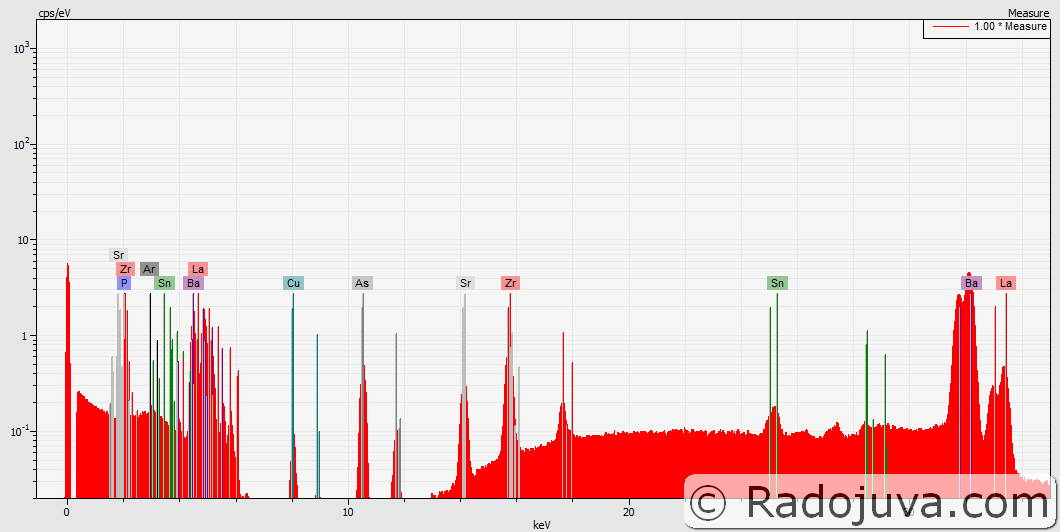
View of the X-ray fluorescence spectrum of the rear lens of the Vega-9 lens. The presence of zirconium (Zr) and tin (Sn) lines is due to the peculiarity of the device, and copper (Cu) is due to the radiation of the lens frame.
In terms of its optical properties, FK14 glass is similar to modern Chinese heavy phosphate crown H-ZPK2A 603.655, being inferior to it by 0.02 in the refractive index. Interestingly, FK14 glass was apparently produced in the USSR back in the mid-1960s. In addition to the Vega-9 lens, it should have been used by a semi-apochromatic three-lens television lens (the secondary spectrum is 2 times smaller compared to Tair-3) Tair-47T 400/4.5. However, judging by the absence of any significant number of Soviet lenses using phosphate crowns, the volume of melting of these materials was extremely limited (and this is very difficult glass to produce) and, most likely, as in the case of heavy phosphate crown TFK-11 for APO Telezenitar 135/2.8, all the glass was devoured by inglorious products for the military-industrial complex.
Optical properties
A distinctive feature of the Vega-9 lens in comparison with other 50 mm lenses suitable for full-frame cameras is its very high resolution of 80 lines/mm for such a simple optical design. And no, this does not mean that the lens has “ringing” sharpness with an open aperture: visual sharpness is determined by the transmission of contrast with a frequency of 10-40 lines/mm, and at an open aperture F/2.1 Vega-9 transmits these frequencies in the central area of the frame to level with many ordinary, unremarkable old lenses. Vega-9 is distinguished precisely by the detail of the image, which is well felt when shooting in the near-macro range. Thus, Vega-9 is capable of conveying what, for example, the Industar-61 LZ MS, which is considered a good macro camera, cannot convey - even at F/2.8, Vega-9 has a resolution of 100 lines/mm with excellent sharpness, while Industar-61 XNUMX LZ is “soft” and has half the resolution. Without the use of low-dispersion glass with such a simple scheme, the observed result would have been unattainable.

Diagrams of frequency-contrast characteristics of Vega-9 and Industar-61 LZ lenses for an axial beam.
The main disadvantage of the Vega-9 lens when used on 36x24 mm format cameras (for which the lens is not intended) is the significant curvature of the image field and noticeable lateral chromatic aberration. A curved field prevents a flat object or landscape from being completely sharp; a partial solution to the problem is to stop down to ~F/11. On 4/3 or APS-C format the problem is less pronounced. Interestingly, the astigmatism of the lens is corrected very well right up to the very corners of the 36×24 frame, and therefore objects that fall within the curved field will be rendered sharp at apertures of ~F/2.8 and lower. Field sharpness within a curved field is limited by coma at an open aperture, and by lateral chromatism at small apertures. It is interesting that Vega-9 does not have strong distortion even on full-frame cameras - only if you look closely you can notice a small “cushion” (+2%).

Diagrams of aberration spots at F/2.1, image field curvature and distortion, longitudinal aberration on the axis, defocus spots of the Vega-9 lens.
The contrast of the image formed by the lens is very high due to high-quality blackening of surfaces, a simple design and a physical single-layer anti-reflective coating. In contrast to the chemical coating common among Soviet photographic lenses, the coating used on film projection and filming optics has a wider light transmission band, which means it provides better color rendition. The lens performs really well both in normal lighting conditions and in backlit conditions.
In terms of artistic properties and background blur, Vega-9 is very similar to a lens similar in optical design Vega-11U, but differs from it in better image quality at infinity, better quality in the center of the frame in general, greater aperture, better image contrast and color rendition.
The following are examples of photographs taken with a full-frame camera. Sony A7s, including using shift adapter – after all, there is never too much format.
All reviews of film projection and filming lenses:
- RO3-3M 2/50
- RO2-2M 75/2
- LOMO RO501-1 F = 100 1: 2
- PO 500-1 F9 CM. 1: 2 P
- LOMO RO500-1 F = 90 1: 2
- LENKINAP RO500-1 F = 9cm 1: 2 P
- LOMO RO506-1 F = 80 1: 2
- ЛЭТИ-60/60М F=92 1:2
- 2/92
- F = 92 1: 2
- 16KP-1,4 / 65
- 35KP-1,8 / 65
- 35KP-1,8 / 70
- 35KP-1,8 / 75
- 35KP-1,8 / 85
- 35KP-1.8 / 100
- 35KP-1.8 / 120
- 35KP-1,8 / 120 (with aperture)
- LOMO P-5 F = 90 1: 2
- LOMO P-5 F = 100 1: 2
- LENKINAP OKS1A-75-1 F=75 1:2 P
- LOMO OKS1-22-1 F = 22 1: 2.8
- ЛОМО ОКС1-40-1 40/2.5
- LOMO OKS1-300-1 F = 300 1: 3.5
- LOMO OKS11-35-1 F = 35 1: 2
- LOMO W-53 F = 75 1: 2
- LOMO W-54 F = 85 1: 2
- LOMO OKP4-80-1 F=80 1:1,8
- LOMO OKP8-90-1 F=90 1:2
- ОКП-6-70-1 F=70 1:1,8
- Tair-41 50/2
- KO-120 1: 2,1 120mm
- KO-90 1: 1,9 F = 9cm
- KO-120M 1: 1.8 F = 120mm
- KO-120M 120 / 1.8 with a diaphragm and helicoid
- KO-120 1: 2.1 F = 12cm
- GOZ “KO-140” 1:2,2 F–14cm
- Vega-9 2,1 / 50
- MP RSFSR GLAVOCHTEKHPROM PLANT №6 ★ F=7.7cm ★
- MSO USSR SSD UPP-1 ★ KHARKIV ★ F-7 CM ★
- Schneider Super Cinelux 70/2
- Meopta Meostigmat 90/2
- Meopta Meostigmat 100/1.7
- Projection aplanates: "Petzvali" and "Richter"
The names of the lenses correspond to their exact spelling on the body.
Conclusions
A terrible thing - inertia! After all, how much has been written everywhere about the high quality of film-making 50/2 OKS lenses, which cannot even work with full-frame cameras and, in fact, have dubious advantages over numerous other 50/2 lenses... But few people paid attention to the Vega-9 narrow-film lens, which is probably the highest-resolution Soviet fifty-kopeck camera capable of working with full-frame cameras. I highly recommend this lens for use in artistic subject and macro photography, where both high optical quality and a clear, recognizable optical pattern are required, and also as a portrait lens on cropped cameras.
You will find more reviews from readers of Radozhiva here и here.

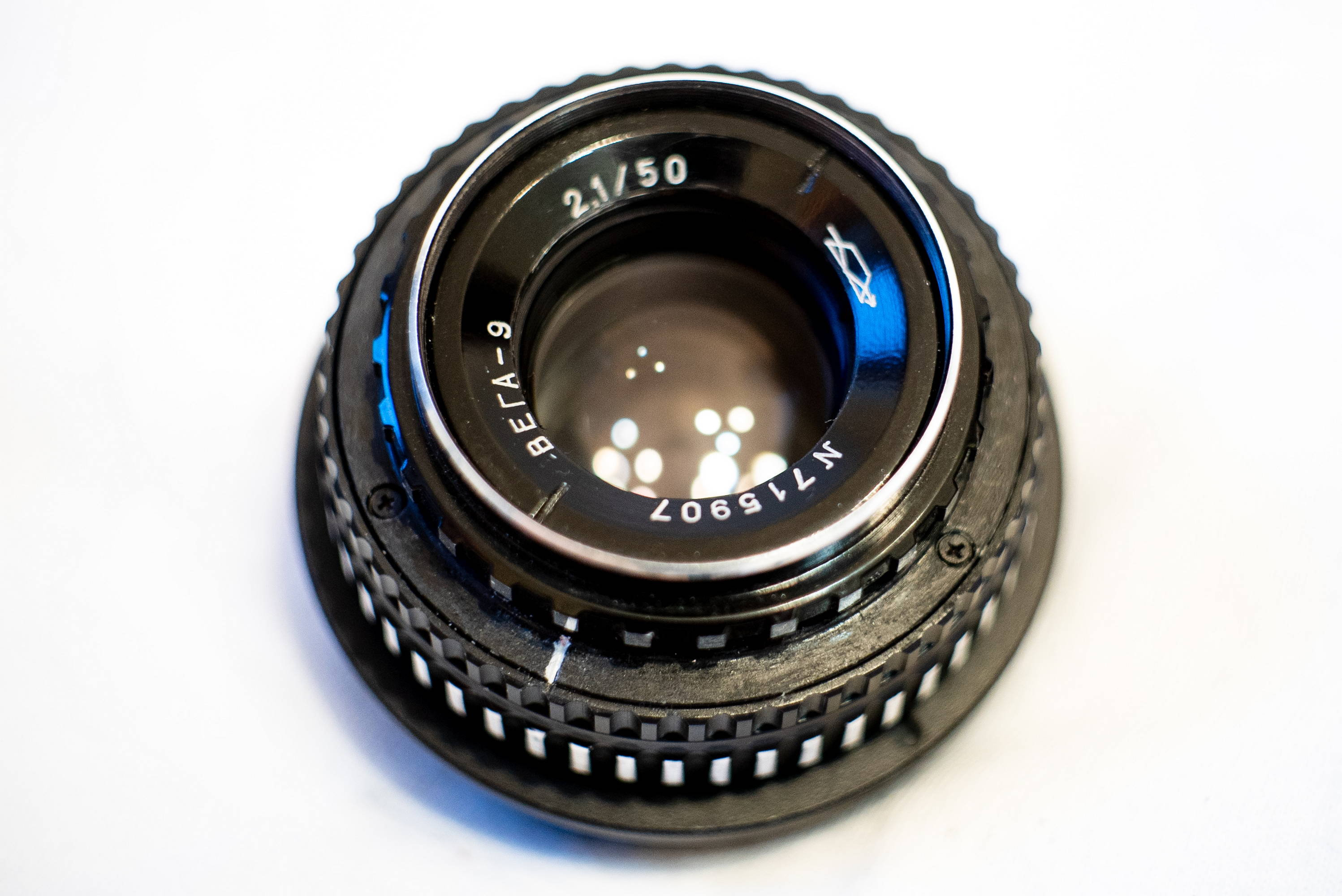
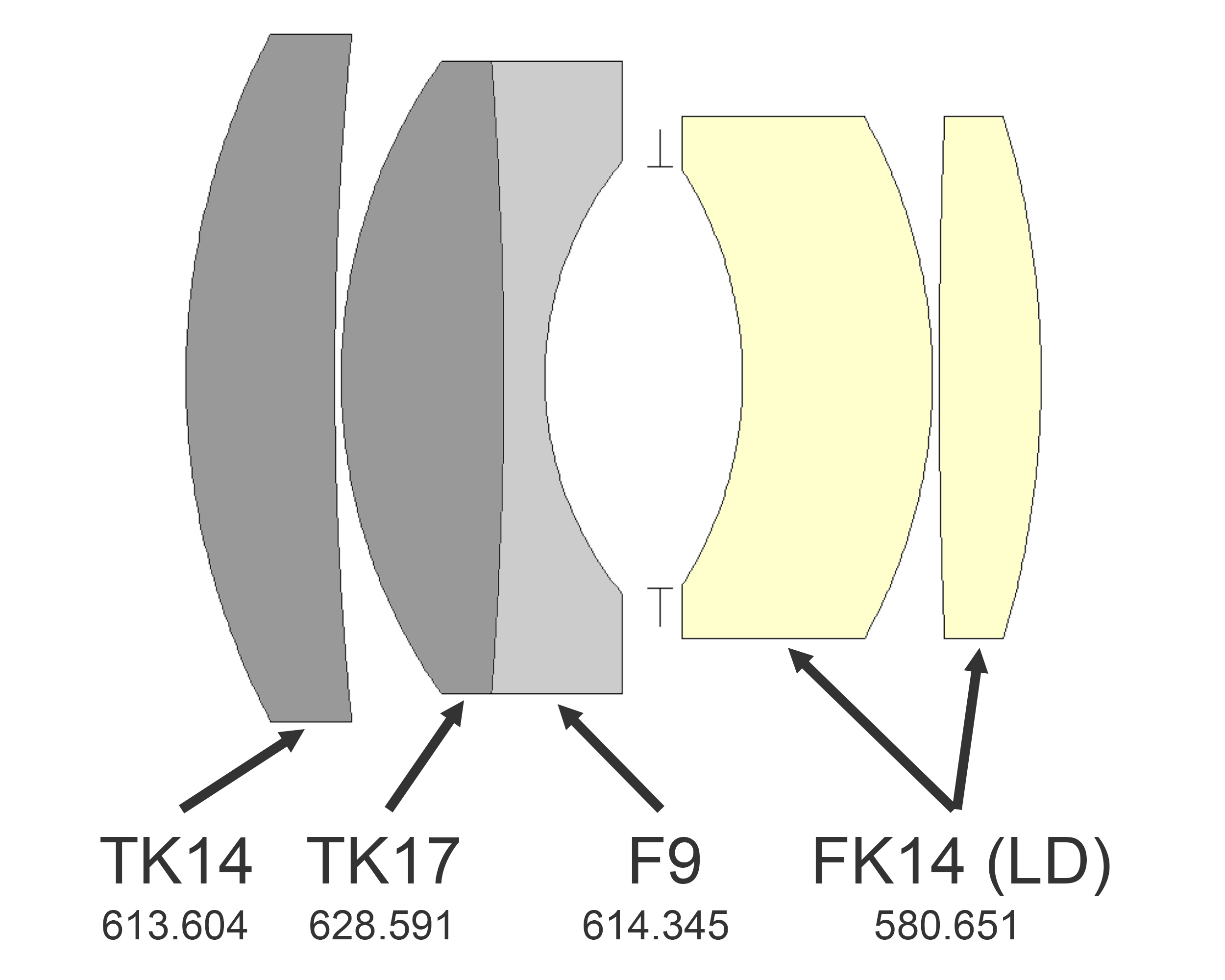
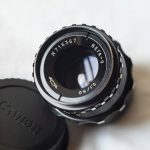
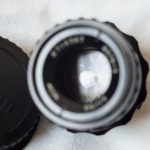
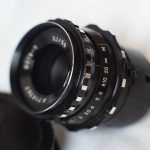
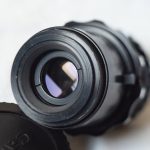
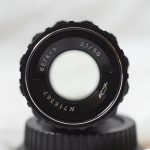
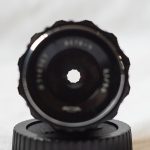
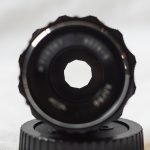
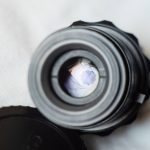
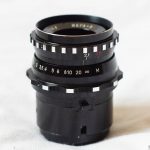
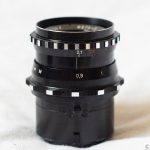
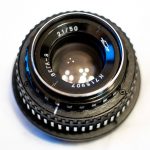
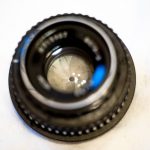
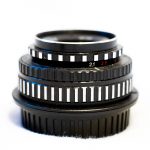
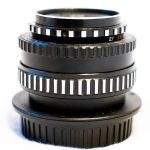
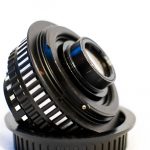
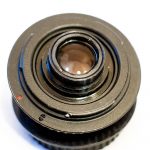
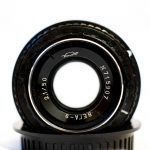
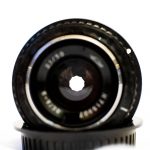
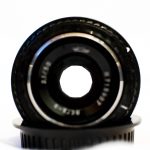
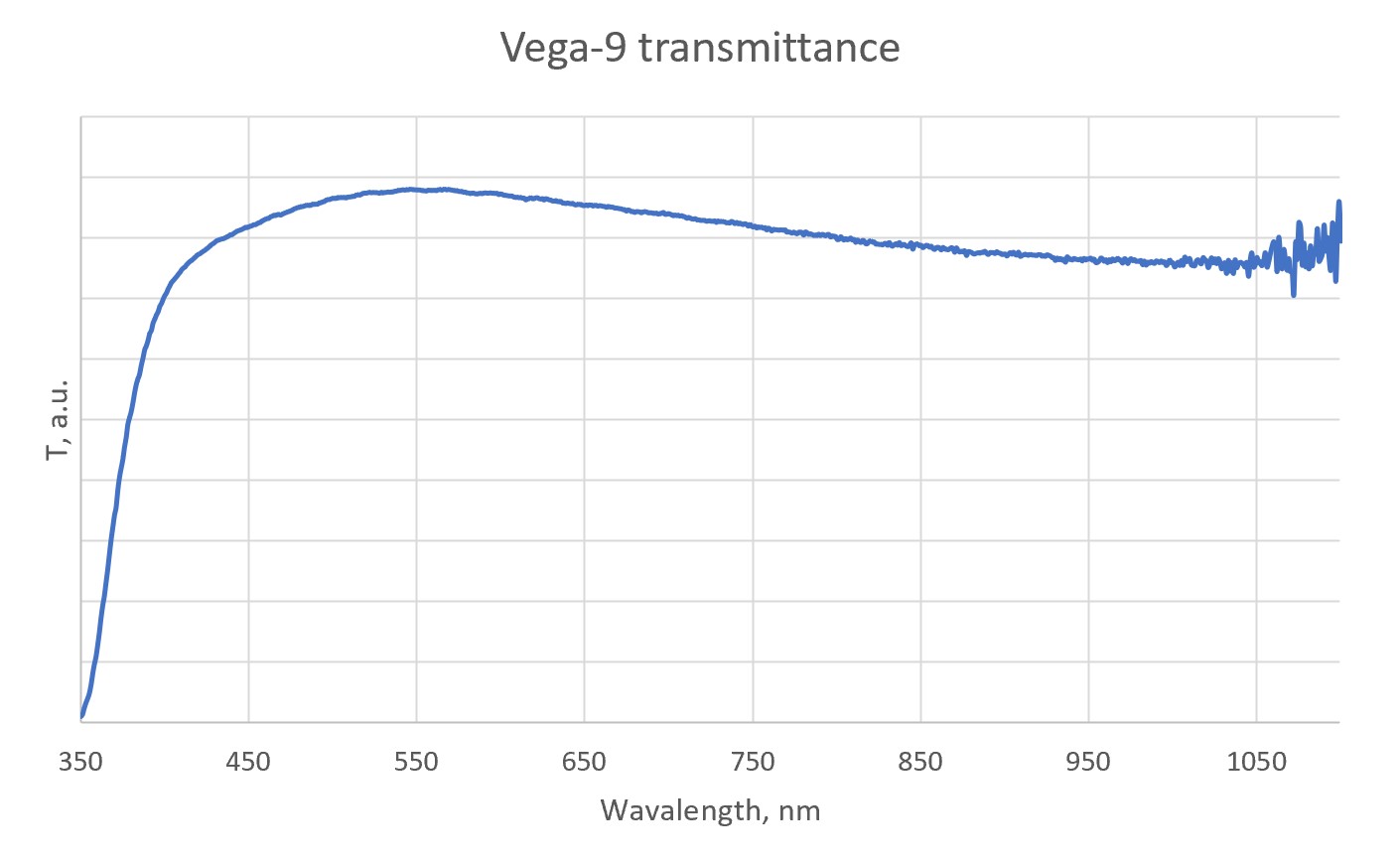







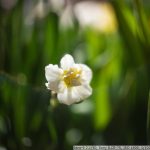
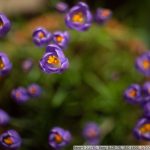


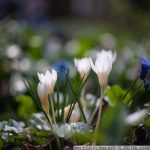
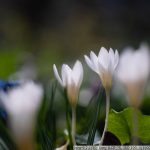


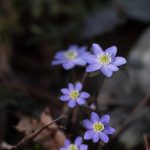
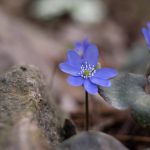

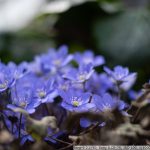
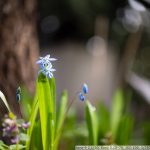
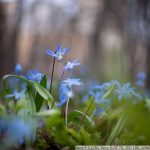





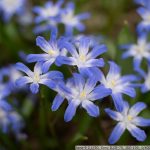
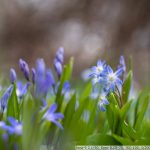



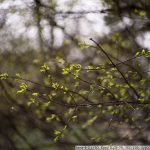



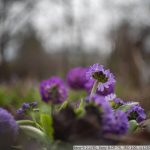

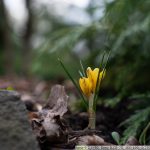


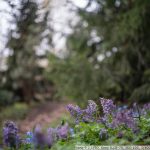

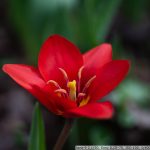
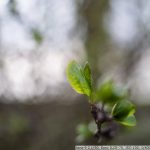
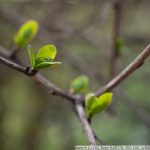






In theory, lenses from 16mm cameras should have good microscopic coverage?
Ideally - Nikon 1, and so - M4/3, but this is already “above the plan”.
well, some kind of flower lens... it turned out
Thanks, very interesting!
By the way, in the 1971 Soviet catalog “Lens Catalog, Part 1” the resolution of Vega-9 is indicated much more modestly.
It depends on the calculation method. When determined experimentally, it depends on the resolution of the photographic material used. When calculated, it depends on the type of spectral function and the cutoff value of contrast. According to the MTF, a frequency with a contrast value of at least 0.3 can be taken as resolution.
Rodion, maybe you know how to determine the focusability of a laser beam?
Not in the topic of the question you asked, little is clear from its formulation. Read on specialized resources. EdmundOptics writes about this on their blog.
Rodion, thank you. I found it very close to what I needed.
Rodion, thank you for the detailed look.
The bokeh of your lens is appropriate: not loud, but in the world of taking the distribution of lenses into focus.
Hello!!! Tell me how to adapt to Fuji X Pro2
You can do it the same way as indicated here. And there are adapters from M42 to Fuj.
In general, these lenses are often sold in adapted form; the only question is how well the conversion is done.